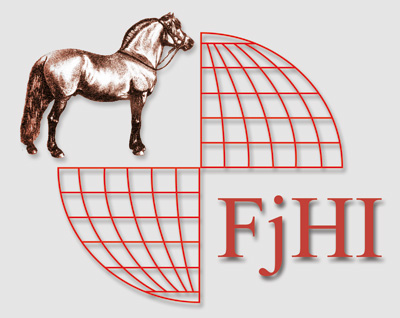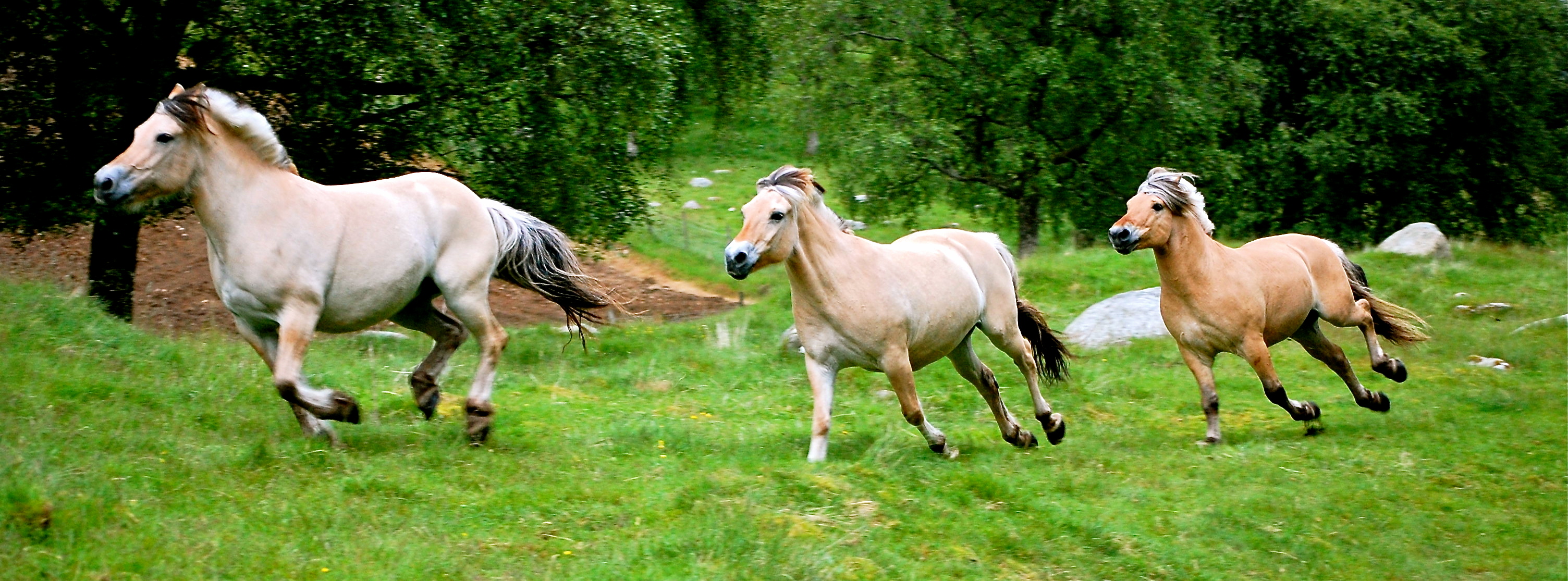International breeding Conference at Nordfjordeid May 2016
The international conference was opened by the leader of Norges Fjordhestlag Janne Seilen.
She welcomed all the participants, and was proud and glad that so many had taken the trip to Nordfjordeid this year.
Before the lecture started it was served a welcome drink (non-alcoholic) of local apple sider, and some finger food, like smoked salmon rapped in lefse.
After a short introduction of the participants it was served a hot meal, (betasuppe).
The director of Norsk Fjordhestsenter gave some brief information about the centre and its tasks in general, and especially about the centres role in the stallion show at Nordfjordeid. She also gave out free ticket to the show, and the catalogue for the stallion show, and the young horse show at Breim. It was all given in a cute bag that had a print of a nice fjord horse stallion head on the outside.
The stallion show at Nordfordeid is the most important show for approved fjord stallions in Norway. There are 2 more shows where fjord stallions can be entered, one on east part of Norway (Stav) and one show in northern Norway (Nord Norsk Hestesenter), but I think its fair to say that 99% of all approved stallions are approved from the show at Nordfjordeid.
For the record we needed a photo of all the participants at the conference, and this was taken in front of a paddock outside the riding hall, and of course we needed a stallion to accompany us on the picture so why not take out the one from the paddock.
A little delayed, Nils Ivar Dolvik the chairman of FHI could introduce Odd Vangen, from the Norwegian University of Life Sciences, who should lecture us about "Breeding in small populations"
Odd Vangen is the best in Norway in genetic when it comes to horse breeding and other farm animal breeding. We were lucky to have him there. He had prepared a difficult and complicated subject into understandable and logic metaphors that even those of us who was not too much involved in the genetic inheritable cods could understand.
The whole lecture is enclosed so you can read this on your own and enjoy it.
However, I have been asked to write some comments around this matter, and try to pinpoint why the fjord horse breed in Norway has succeeded without any inbreeding problems or inbreeding defects.
I start at the "Definitions status of breeds, according to FAO.:
Under "Low reproductive capacity" you find in a population of mares, number of mares at risk: < 3000 and Vulnerable :<6000.
In Norway we have since 1920 had local horse breeding organisations in almost every community on the Vest coast of Norway. Geographically this covers the coast and in fjords from Kristiansand in south to Trondheim in north. The highest concentration of fjord horses you would find in the three County's, Rogaland, Hordaland and Sogn og Fjordane.
This has counted hundred or more breeding organisations, with one purpose, to have a stallion for the mares in their area or community. As the stallions were owned by the organisation and not a private person, these stallions had to be changed every third year to prevent incest. (father daughter breeding)
Apart for a few matadors many of the approved stallions only functioned for a short period, and with that many stallions in circulation and every year a large number of new approved stallions came too, (Kåret) this resulted in that we had always a big surplus of stallions, compared to the numbers of mares.
So, how many mares had we? I am not sure of the numbers, but if we go back to the 50ths we may have had a total number between 6 - 9000 mares and among them about 2 – 3000 breeding mares but they were not bread every year.
Compared to farm animal production (cows-pigs etc.) the fjord horse breed has a much larger spread of its genes, and therefore I think the fjord horse people's way of conducting their breeding politic has resulted in a good variation in the breed and therefore we can say I think that our "Effective population size" Ne= 168
On a question on inbreeding, line breeding, Vangen pointed out that it was not so "dangerous" when you had a large population behind the individuals, with a low inbreed coefficient in your total population.
Genomic relationship was also mentioned, but this I think can cover a whole lecture at a later stage.
At last I like to point out the good companionship, and I had a feeling that all participants enjoyed the time, both under the conference and also in the following days. I would like to say thank you to all the foreigners who came to Nordfjordeid, and wish all of you a heartily welcome back.
Ølve 20th May 2016
AP
Lecture Prof. Odd Vangen : BREEDING IN SMALL POPULATIONS
PDF version of the above article: HERE
Pictures Jochen Nösinger :


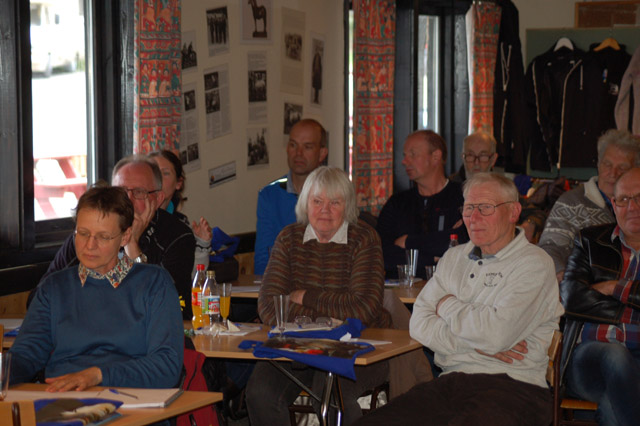
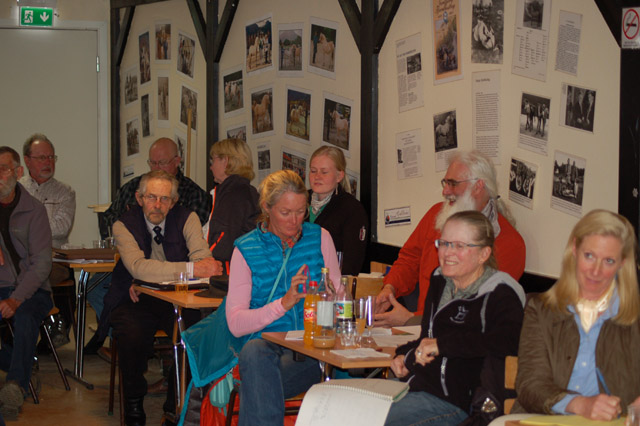
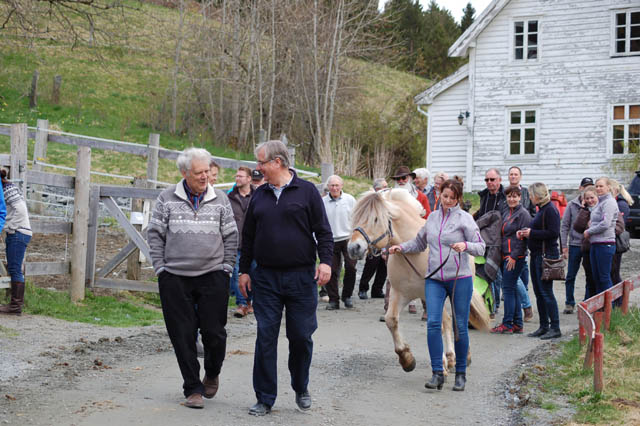
Pictures below, Magni Hjertenes Flyum : welcome by Janne Seilen, leader of Norges Fjordhestlag and the "international" group of Fjord lovers
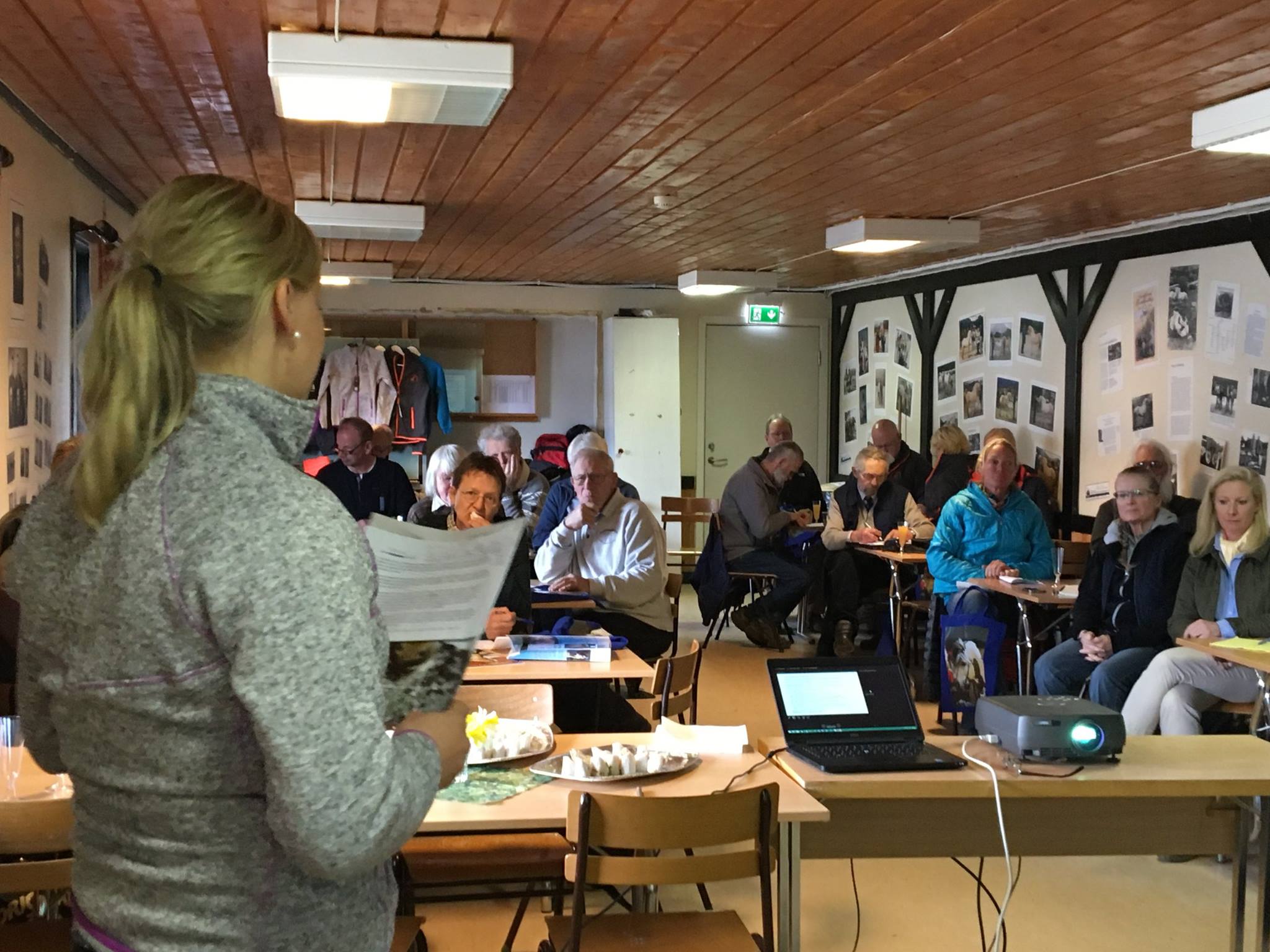

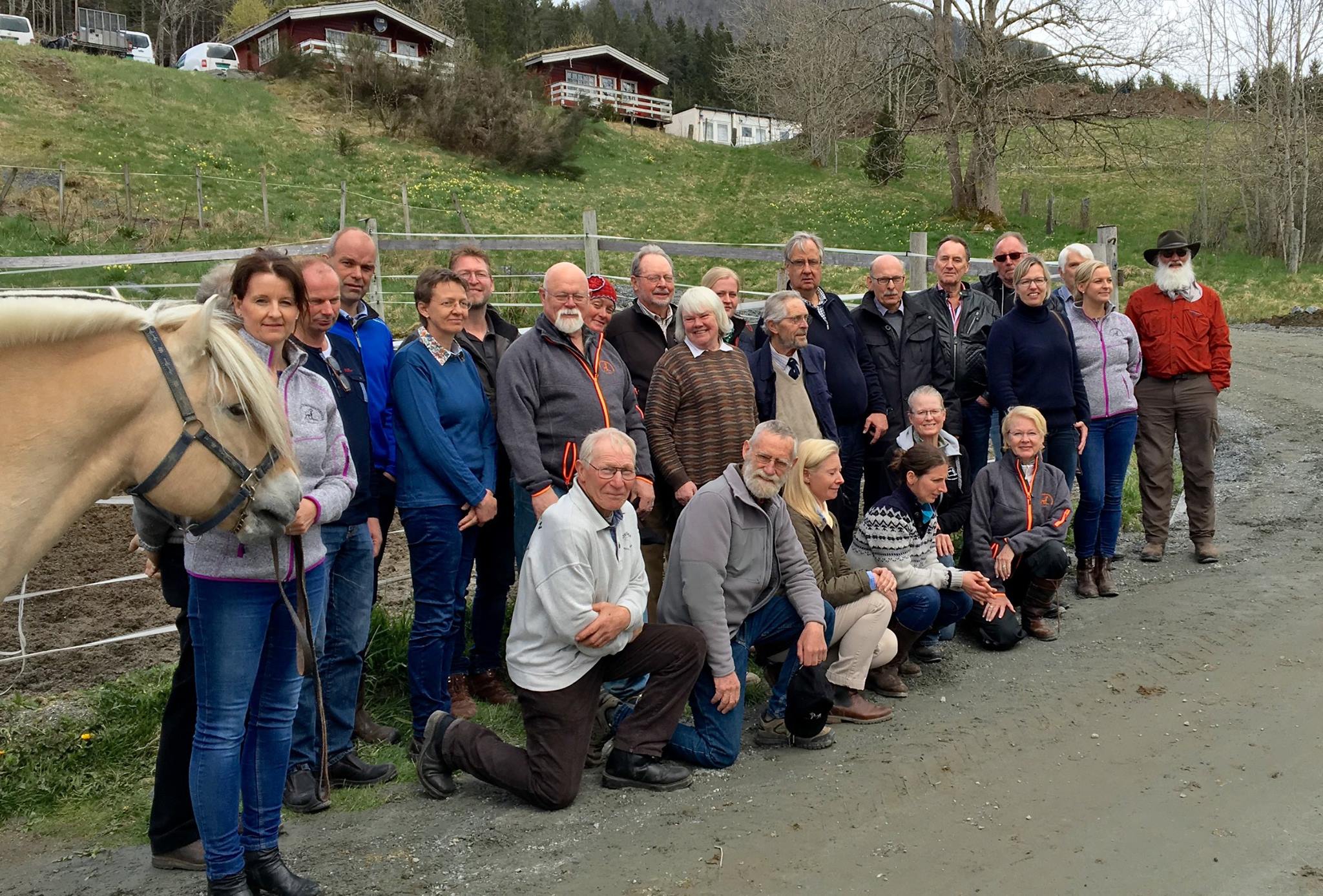
INVITATION & PROGRAM (click to open the document)
